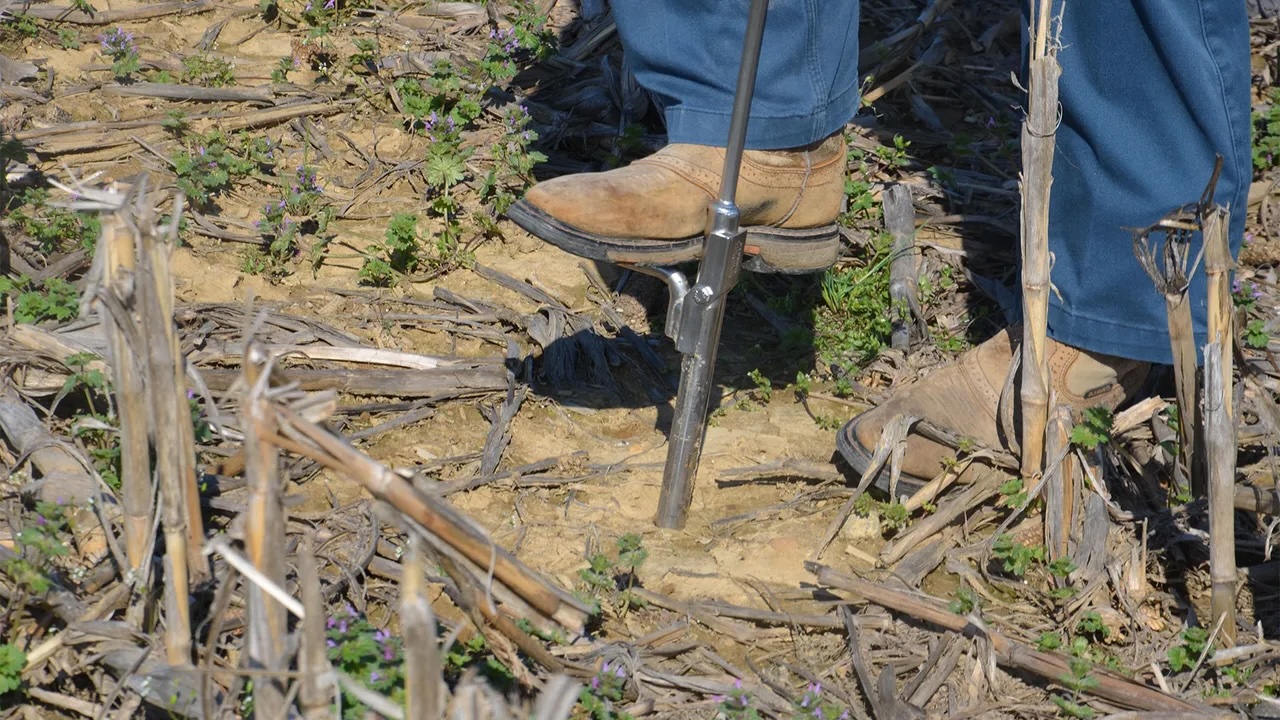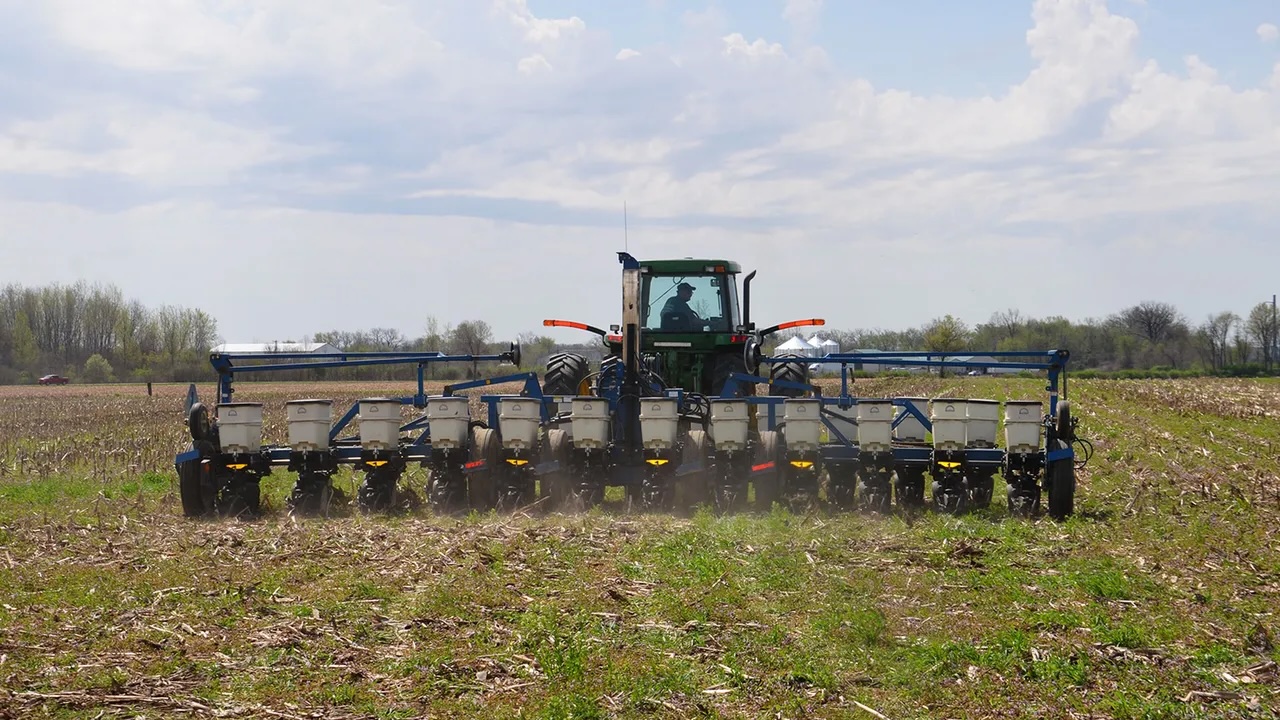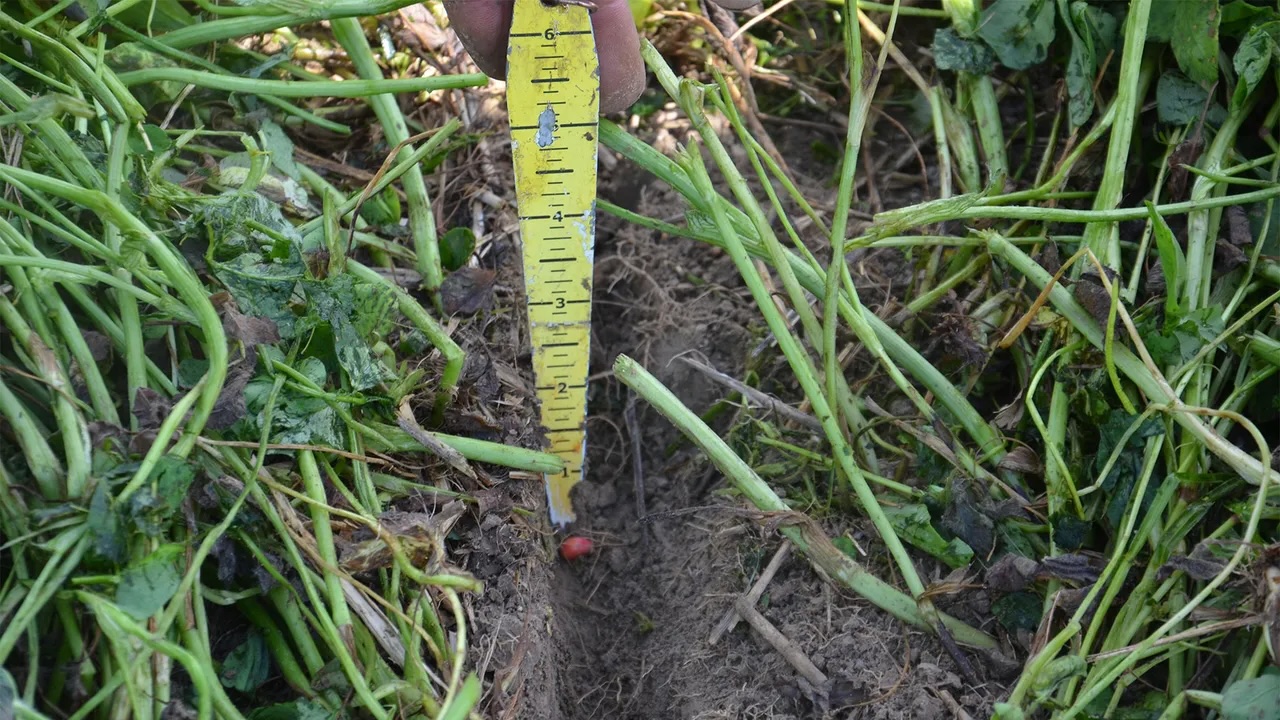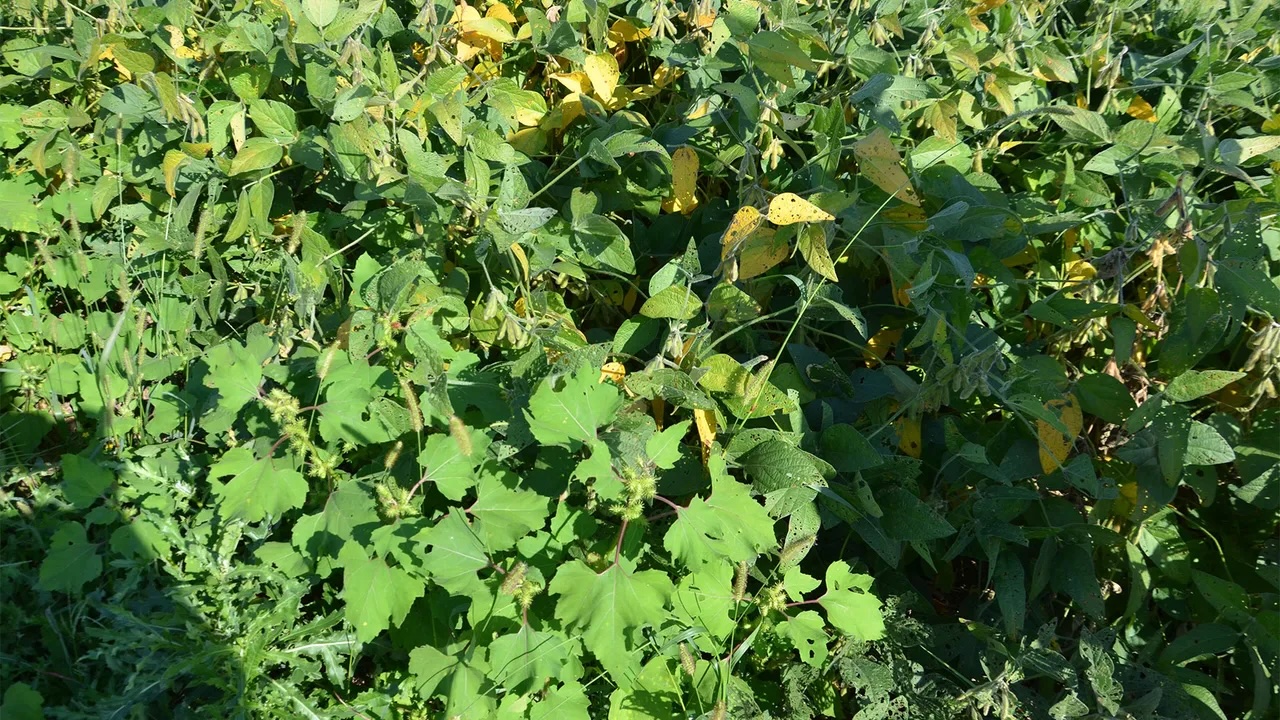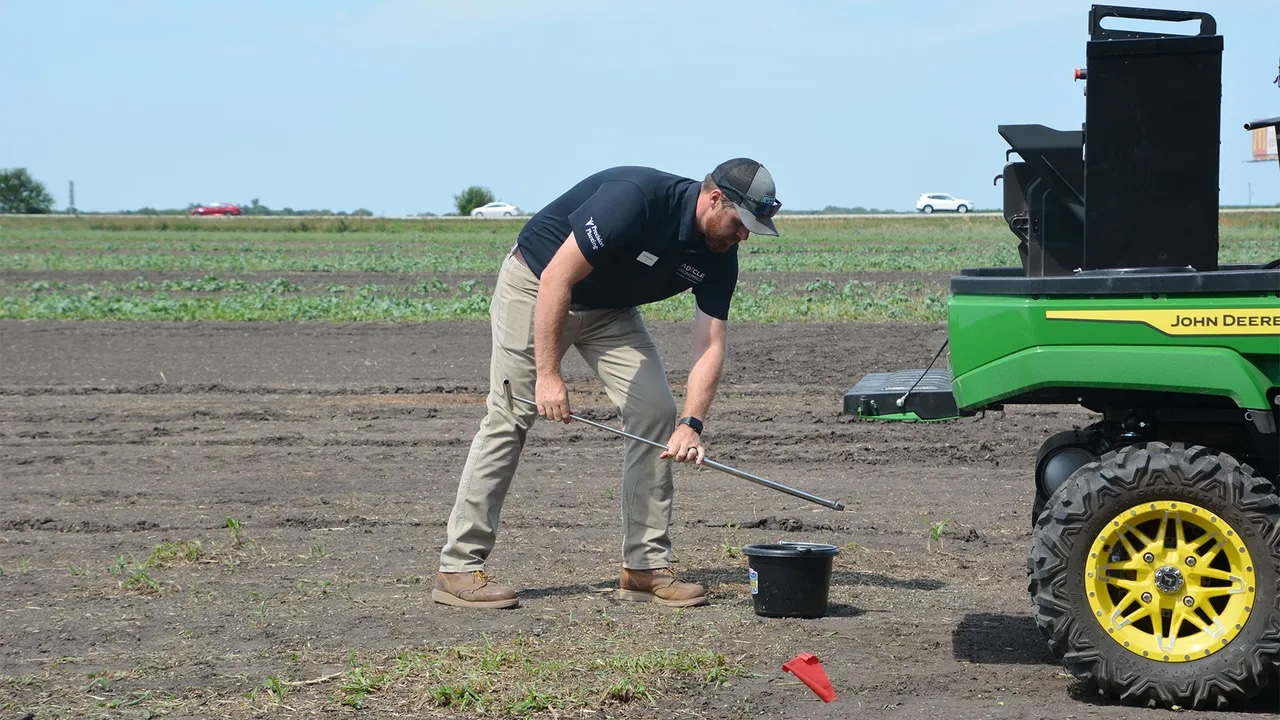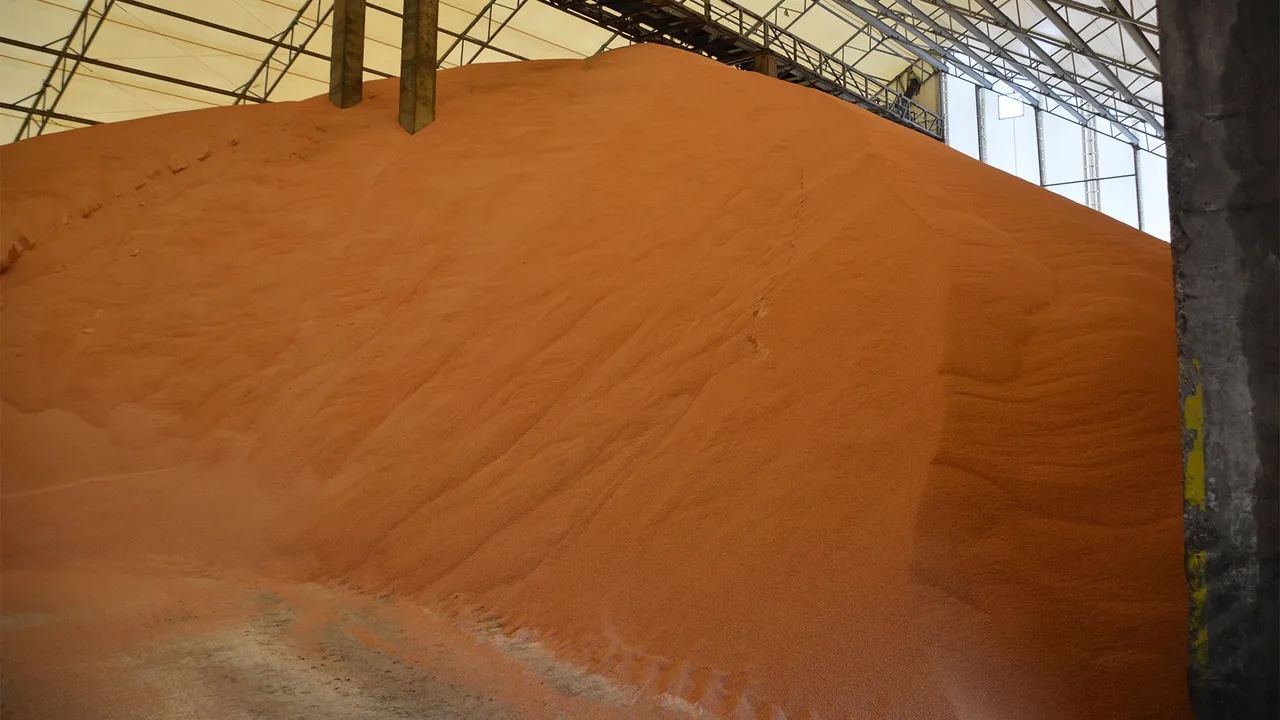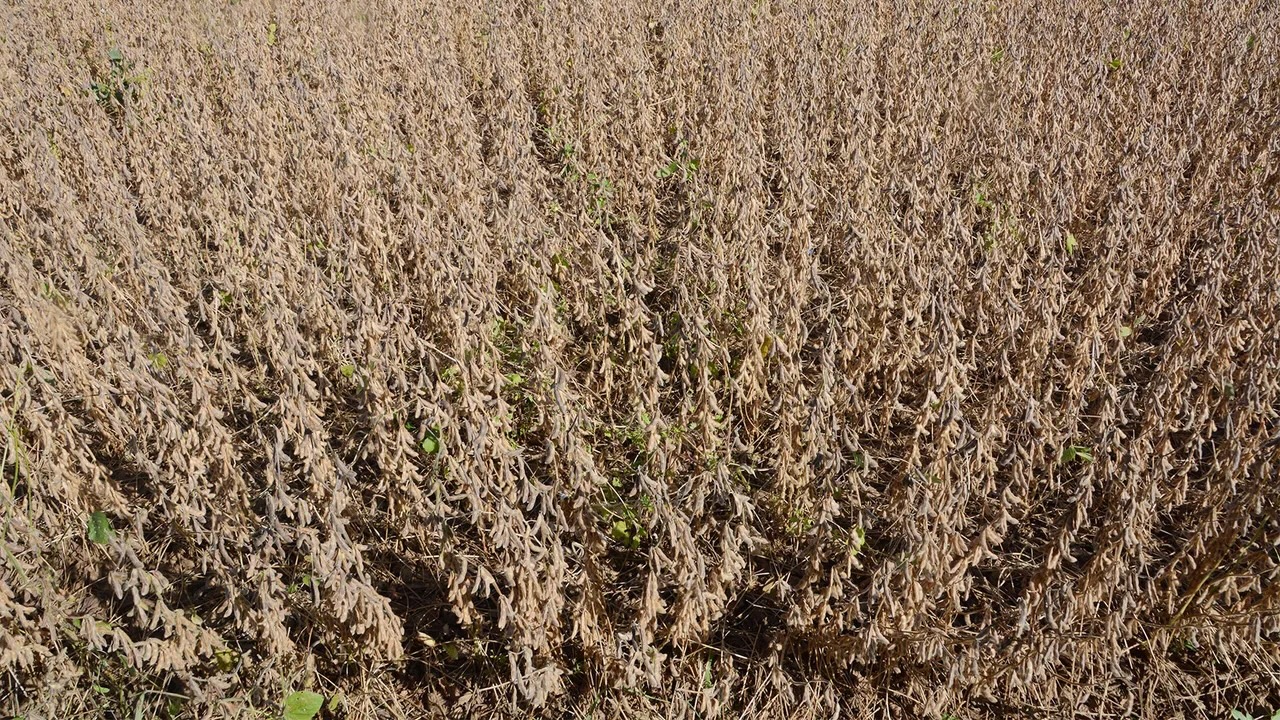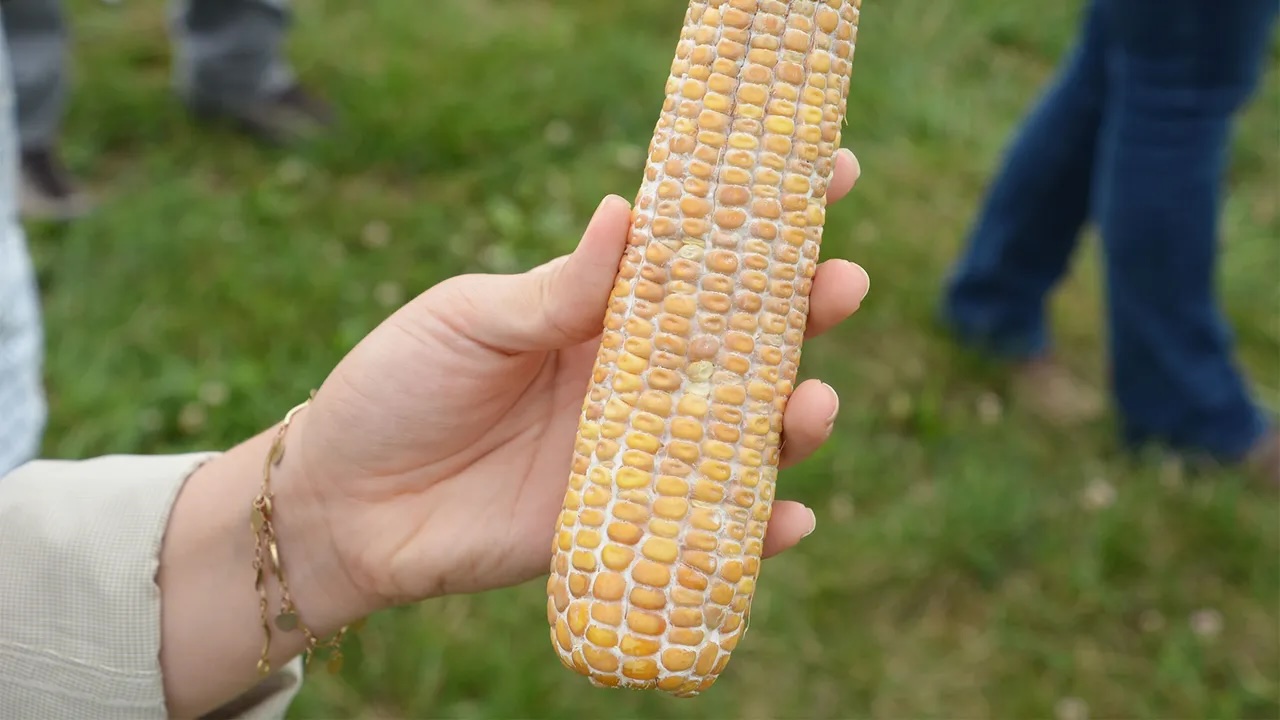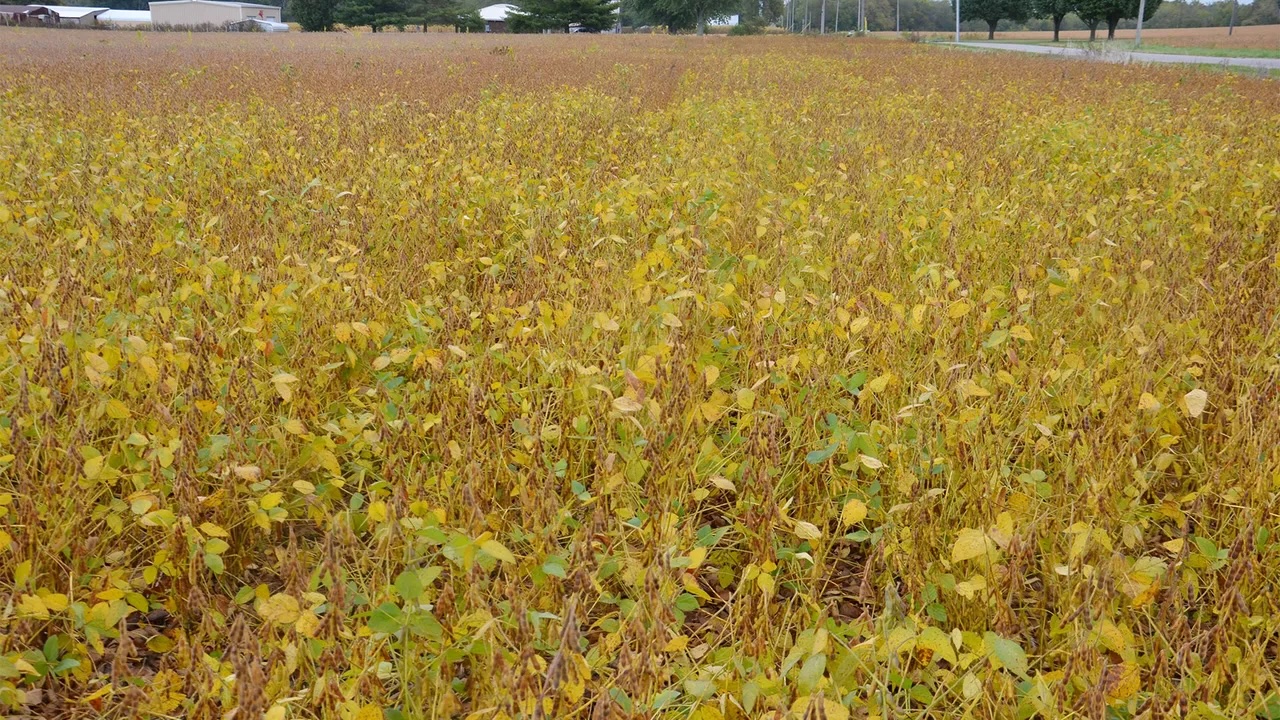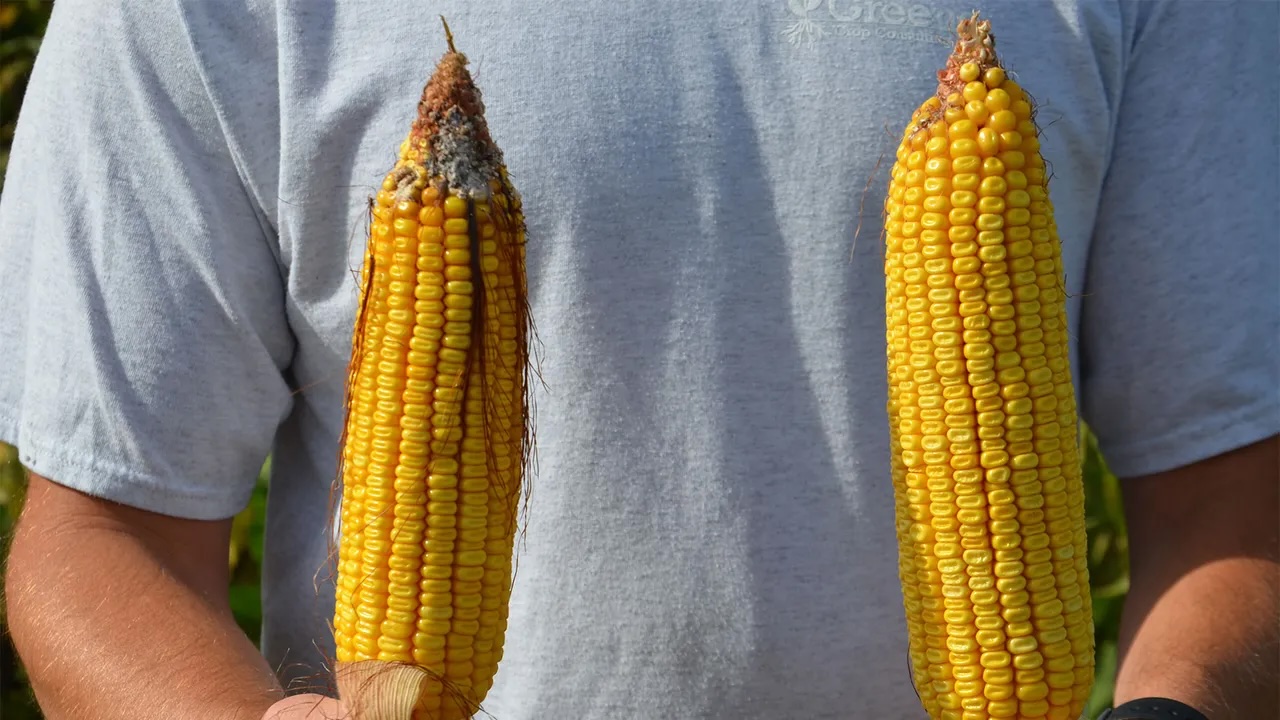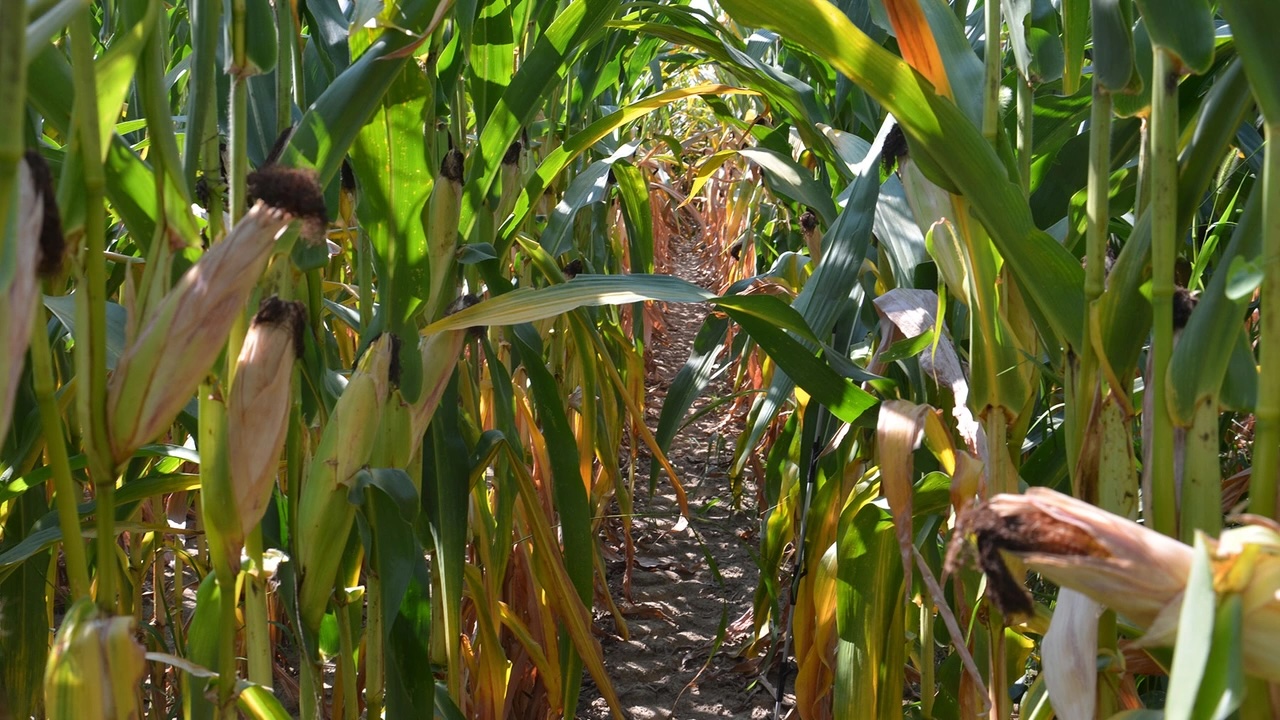Fine-tune corn seeding rates on difficult soils
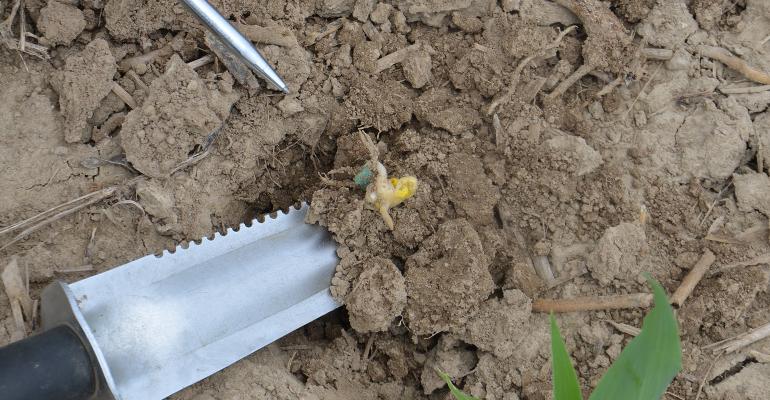
Corn Corner: Consider what else you can do to improve stands on those soils.
Nov 04, 2021
I’ve planted 32,000 seeds per acre for corn on lighter, level to gently rolling, somewhat-poorly drained soils for four years. The best land gets 36,000 seeds per acre. I’m afraid to go that high on those soils if we get a dry year. But every year I wind up with 28,000 to 30,000 plants, and yield falls short. Should I forget variable rate and plant 36,000 there too?
The Indiana certified crop adviser panel answering this question includes Steve Gauck, a regional agronomy manager for Beck’s, Greensburg; Jeff Nagel, agronomist with Ceres Solutions, Lafayette; and Dan Ritter, agronomist with Dairyland Seed, Rensselaer.
Gauck: Why you are seeing a stand reduction in these areas? If you increase population, will you still see a poor stand? You should look at hybrid selection. This area may need a strong emerging hybrid with some flex ear capabilities. Also look at soil drainage, planter modifications and planting conditions. If you can make upgrades, it will help your entire farm. Once these things are in place, then we can talk population changes. Genetics are getting stronger every day, and they now allow us to plan for the best, not the worst. If these areas are not droughty, I would like increasing population slightly.
Nagel: Farmers must evaluate their risk tolerance and decide whether to seed for maximum yields or maximum economic return on investment. University seeding rate studies in Indiana and Illinois found to maximize yields would suggest rates of around 32,000 seeds per acre on drought-stressed soils and 37,000 seeds per acre on better soils. The economically optimum seeding rate will be lower.
If your lighter soils have good yield potential in a normal year, you might be giving up some yield with a harvest population of 28,000 plants per acre. You also may be experiencing some yield reduction due to the impact of wetter soils, rather than plant population. It may not be economical to seed at 36,000 on those soils, but increasing seeding rates by 2,000 seeds per acre would be a consideration, particularly if you are experiencing poorer emergence due to wetter soils.
Plant breeders have done an excellent job in improving stress tolerance of hybrids. This has allowed seeding rates to be increased with less chance of smaller ear size and kernel weights. Both universities and seed companies continue to evaluate seeding rates.
Seeding rate recommendations by seed companies will vary by hybrid and by yield environment. Check with your seed supplier on fine-tuning seeding rates by hybrid.
Ritter: You understand your soils and the productive capacity of the farm better than anyone. If you feel there is more potential yet not enough to support 36,000, split the difference and drop at 34,000. Since you have the capability to variable-rate seed, use three rates and see which works best for your farm and field. Use a little “tweak and tune” philosophy, and do not change the entire population at once across the whole field. I would also investigate ways to improve the final stand to avoid increasing the seeding rate. Can you increase the success rate of seedling establishment in those areas of the field?


